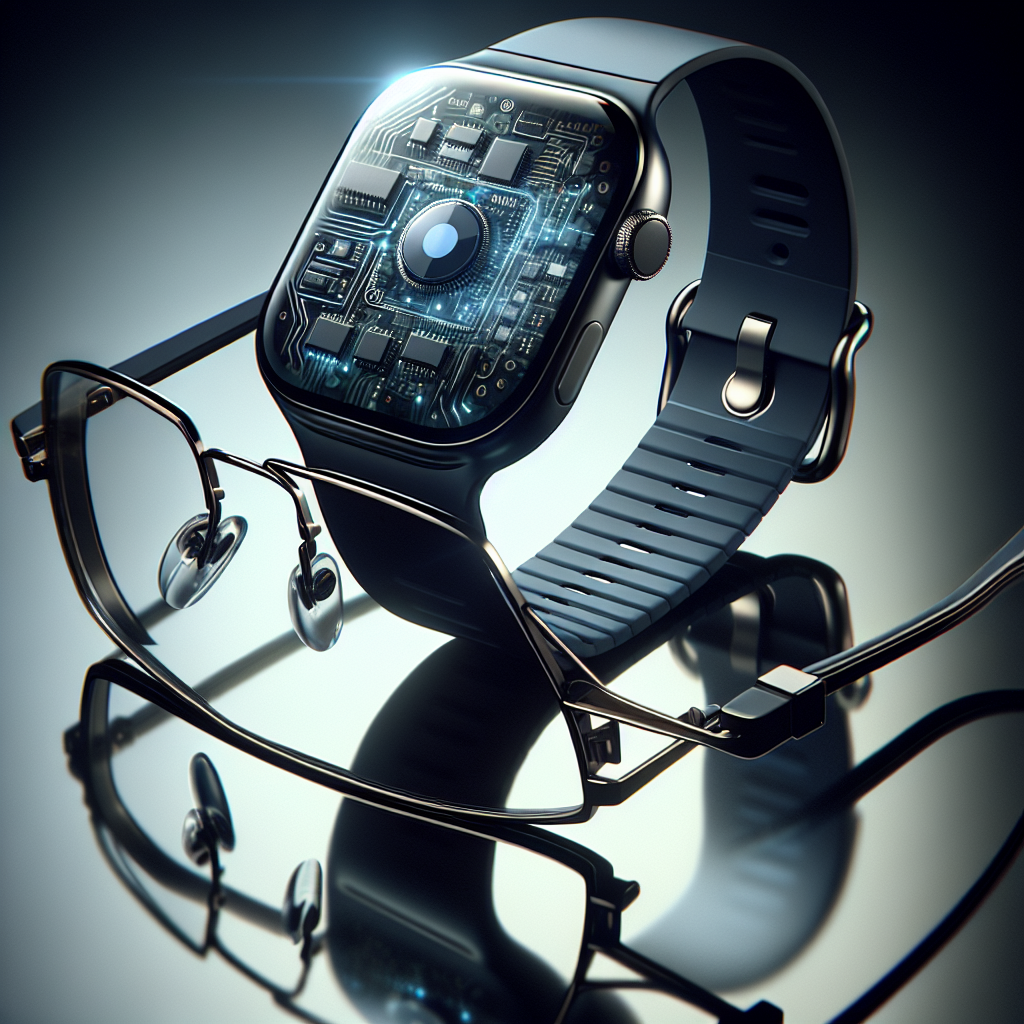Form Factor Considerations for Wearable Technology
Wearable technology has become increasingly popular in recent years, with devices such as smartwatches, fitness trackers, and smart glasses becoming commonplace in our daily lives. When designing wearable technology, one of the most important considerations is the form factor of the device.
The form factor of a wearable device refers to its physical size and shape, as well as how it is worn or carried by the user. Form factor plays a crucial role in the user experience of wearable technology, as it can affect comfort, usability, and aesthetics.
One key consideration when designing the form factor of a wearable device is ergonomics. The device should be comfortable to wear for extended periods of time, without causing any discomfort or irritation to the user. This means taking into account factors such as weight distribution, materials used, and the shape of the device.
Another important consideration is how the device will be worn or carried by the user. Some wearable devices are designed to be worn on the wrist, like smartwatches and fitness trackers, while others are designed to be worn on the body, like smart clothing or accessories. The form factor of the device should be optimized for the intended mode of wear, to ensure that it is secure and stable during use.
In addition to ergonomics and wearability, the form factor of a wearable device also plays a role in its functionality. For example, the size and shape of the device can affect the placement of sensors, buttons, and other components, as well as the overall user interface. Designing a form factor that is intuitive and easy to use is essential for creating a positive user experience.
Finally, aesthetics are another important consideration when designing the form factor of wearable technology. The device should be visually appealing and stylish, to appeal to consumers who value both form and function in their tech gadgets. This means paying attention to details such as color, finish, and overall design aesthetic.
In conclusion, form factor considerations are crucial when designing wearable technology. By taking into account factors such as ergonomics, wearability, functionality, and aesthetics, designers can create devices that not only look good, but also feel good and are easy to use. Ultimately, a well-designed form factor can enhance the overall user experience of wearable technology and contribute to its success in the market.


